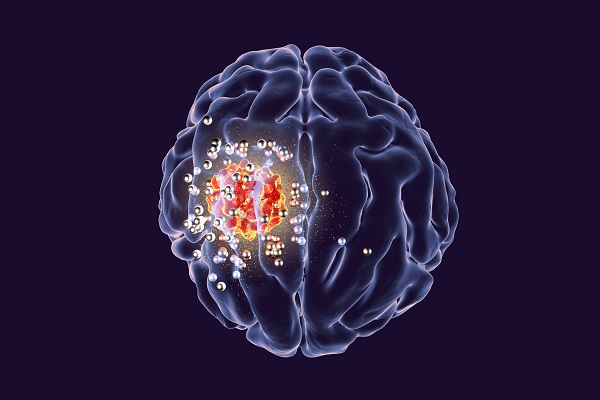



Brain tumor treatment depends on different factors, including the location, type and size of the tumor, as well as the age and general health of the patient. The treatment schedules and methods provided by the neurosurgeon differ for children and adults. Brain tumors are typically treated with surgery, chemotherapy and radiation therapy. Continue reading to find out how the treatments work.
Brain tumor treatment
Multiple methods may be used, depending on the patient’s requirements. Before treatment commences, most patients receive steroids, drugs that alleviate swelling or edema. Anticonvulsant medicine may also be administered to prevent or manage seizures.
Surgery
Surgery is usually the treatment approach to most cases of brain tumors. To take out a brain tumor, a neurosurgeon will create an opening in the skull, a process called a craniotomy. If possible, the surgeon will try to remove the complete tumor. If complete removal of the tumor is not feasible without causing harm to important brain tissue, the doctor may remove as much of the tumor as allowed. Partial removal will help alleviate symptoms by lowering pressure on the brain and minimize the portion of the tumor that will be treated using chemotherapy or radiation therapy.
It is not possible to remove some tumors. In such cases, the surgeon may perform a biopsy only. They’ll remove a small portion of the tumor for examination by a pathologist. This will help ascertain the type of cells contained there and decide the treatment approach.
Sometimes, the biopsy is performed using a needle. The neurosurgeon will use a special head frame (such as a halo) and CT scans or MRI to determine the precise position of the tumor. The surgeon makes a little hole in the skull, then directs a needle to the tumor. The method of biopsy or treatment is known as stereotaxis.
Other advanced techniques used during surgery are brain mapping to discover functional pathways close to the tumors, endoscopy for biopsies and open spinal fluid channels via a small scope and advanced frameless stereotaxic computer-aided tumor resections. Intraoperative MRI can also be used to aid maximum tumor removal.
Radiation therapy
Also called radiotherapy, this is the use of high-powered rays to destroy cancer cells and prevent their growth. It is used to damage tumor tissues that are hard to remove through surgery or to kill the remaining cancer cells following surgery. Radiation therapy is also used when surgery is not an option.
Chemotherapy
Chemotherapy is the application of drugs to eliminate cancer cells. One drug or a combination may be used, often orally or through injection into the muscle or blood vessel. Intrathecal chemotherapy entails drug injection into the cerebrospinal fluid.
A final point to consider
If there is hydrocephalus, patients might require a shunt to drain cerebrospinal fluid as part of the brain tumor treatment process. A shunt is a long, narrow tube inserted into a brain ventricle and threaded beneath the skin to another area of the body, usually the abdomen. It functions like a drainpipe, and the surplus fluid is removed from the rain and absorbed in the abdomen. Sometimes, the fluid is drained to the heart.
Request an appointment here: https://www.brainandspineni.com or call Brain and Spine Neuroscience Institute at (813) 751-2029 for an appointment in our Palm Harbor office.
Check out what others are saying about our services on Google: Read our Google Reviews.
Related Posts
Sciatica is a condition characterized by pain that radiates along the path of the sciatic nerve, which runs from the lower back through the hips and buttocks and down each leg. It typically affects only one side of the body and can cause debilitating pain, numbness, or weakness in the affected leg. While sciatica often…
If you have been referred to a brain surgeon, you may feel nervous or confused about what to expect during the consultation. This initial meeting is essential, as it sets the expectations and goals for your treatment journey. Knowing what this medical professional does and what to expect prior to the first appointment can provide…
Brain aneurysms are bulges that develop in the blood vessels in and around the brain. Though most do not cause harm, some can become enlarged, and the consequences of a rupture are severe, even life-threatening. Therefore, it is important to understand your risk of a brain aneurysm, symptoms to watch for, and steps you can…
Navigating neurological challenges requires professional treatment from a neurosurgeon, personal perseverance, and healthy coping strategies. If you have been diagnosed with a neurological issue or are caring for a loved one who has, there is help available. Here are some helpful insights about the intricacies of the human brain and the comprehensive care needed to…


